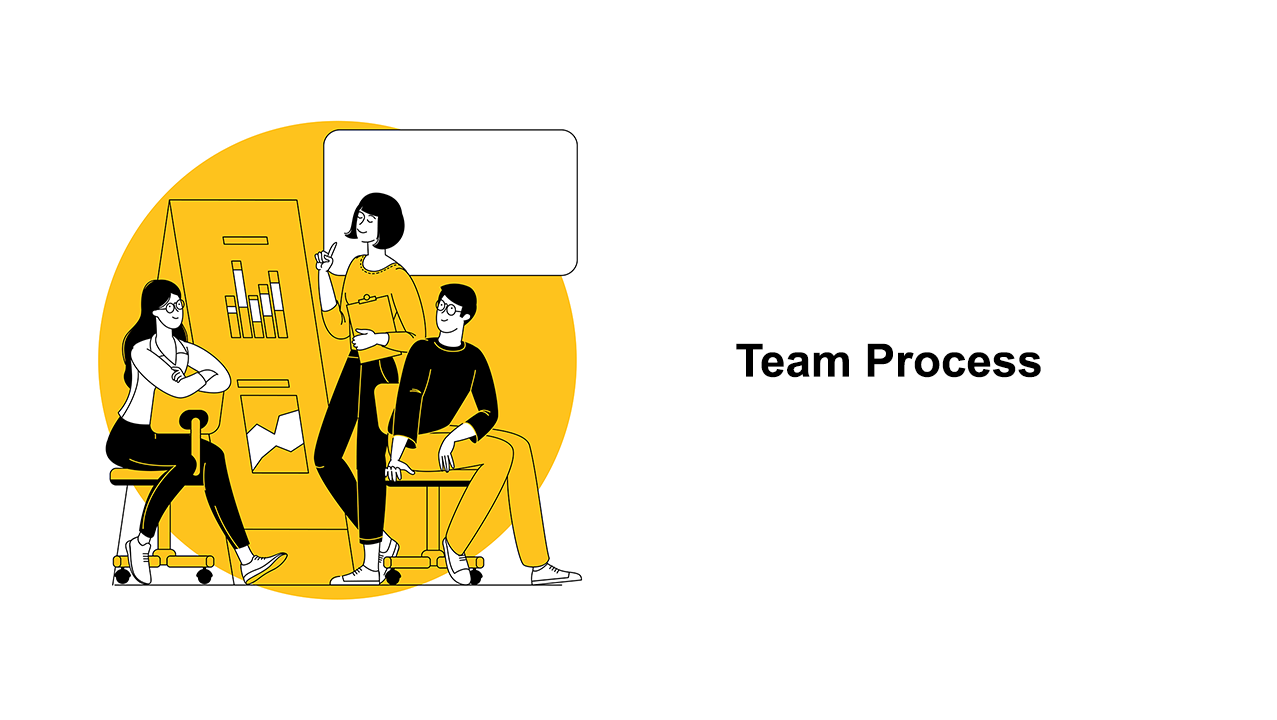Sorting students into teams
There isn't one specific way to sort students into teams. Depending on the class size and the type of project, teams are sorted differently.
Example 1
This resource explains 4 different styles of sorting students into groups for different class types and sizes.
This resource explains 4 different styles of sorting students into groups for different class types and sizes.
Example 2
This resource provides advice on how to create hybrid teams. The resource has implementation strategies for tutors and inclusion strategies for students
This resource provides advice on how to create hybrid teams. The resource has implementation strategies for tutors and inclusion strategies for students
Example 3
This resource explains a semi-autonomous way to form teams by allowing students to briefly meet each other using a speed dating activity.
This resource explains a semi-autonomous way to form teams by allowing students to briefly meet each other using a speed dating activity.
Icebreaker Activities
Teams work best when team members spend time getting to know each other. Find ways to give students opportunities to bond. One way to achieve this is via icebreaker activities.
Example 1
This resource contains 3 examples of icebreaker activities.
This resource contains 3 examples of icebreaker activities.
Example 2
This resource contains 2 icebreaker activities related to personality.
This resource contains 2 icebreaker activities related to personality.
Example 3
This resource is an icebreaker for pairs.
This resource is an icebreaker for pairs.
Team Roles
Team roles are crucial in ensuring that each member contributes effectively, reducing redundancy, and maximizing productivity. They provide structure and clarity, helping teams work cohesively toward their goals by leveraging individual strengths and expertise.
Example 1
This resource highlights the Importance of the leadership role and provides a checklist for a leader for when conducting meetings.
This resource highlights the Importance of the leadership role and provides a checklist for a leader for when conducting meetings.
Example 2
This resource looks at 8 team member roles and the expectations of each role.
This resource looks at 8 team member roles and the expectations of each role.




